Precious metals such as gold, silver, platinum and palladium provide protection from market volatility. They’re also an effective way to diversify portfolios and ensure portfolio stability.
Investors can invest in precious metals directly or through mutual funds, ETFs, futures contracts and mining companies. Before you invest in precious metals make sure you understand what the prices represent and how they fluctuate.
Gold
Gold has been used as money for thousands of years and remains a precious metal today. Its durability and ability to store it various ways make gold an attractive investment option to investors.
It can be acquired in the form of coins, bars and other units with fixed weight and purity. Alternatively, investors may elect to invest in gold futures or options contracts which trade on exchanges or over-the-counter (OTC) markets and offer high liquidity levels which reduce counterparty risk. Visit this site for more information about OTC markets.
Gold’s price fluctuates, but it has shown to outperform stocks and bonds during times of economic crisis. Furthermore, its low correlations to other assets make it an excellent way to diversify a portfolio.
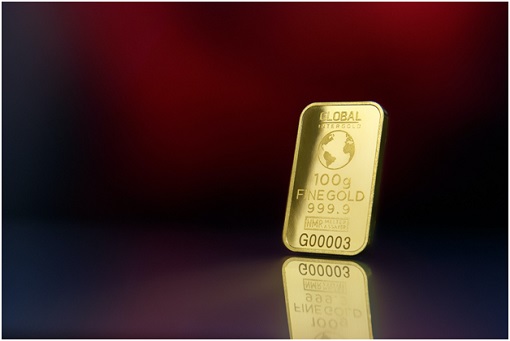
Their prices tend to move in tandem with inflation or monetary expansion, making it an effective hedge against rising rates and other economic risks. Furthermore, it can serve as a safe haven during times of financial difficulty or geopolitical uncertainty.
It is primarily mined from gravels and quartz veins in the Earth’s crust. The main deposits of this precious metal can be found primarily in South Africa and Canada.
Gold production is mostly used for jewelry and bullion, although a small portion is also employed industrially. Gold is usually alloyed with other metals to enhance its properties and durability.
Pure gold is soft, so it is alloyed with copper and other base metals to increase its resistance to wear and tear. Silver and palladium are often added to white-gold alloys in order to reduce tarnish or discoloration.
They are also not only a precious metal, but an excellent conductor of electricity and malleable and lightweight metal. These characteristics make gold an ideal material for jewelry designs.
They are an excellent reflector of electromagnetic radiation, including infrared and visible light. This property makes it suitable for a range of uses from military aircraft to artificial satellites.
When investing in gold, there are various methods to choose from; it’s wise to consult an experienced investor if you have any queries or worries regarding your purchase. No matter the method chosen, it’s essential that you comprehend the risks and volatility involved with investing in gold.
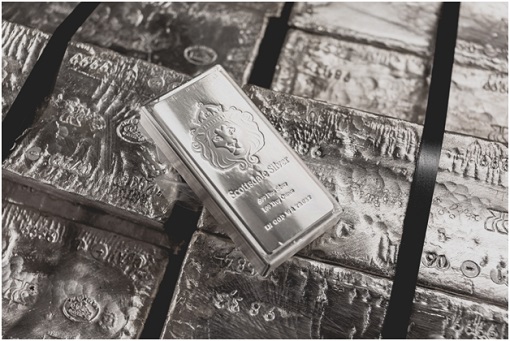
Silver
Silver is a precious metal that can be acquired and sold in numerous ways. You have the option to invest in physical bars, futures contracts, ETFs or any combination of them all to build a diversified portfolio and increase your wealth.
Also known as “Ag” , it is found in the Earth’s crust primarily as ores such as argentite and chlorargyrite (also called horn silver). These minerals contain lead, zinc, copper or gold and are typically mined as byproducts from other mineral refining processes.
Silver is one of the most valuable precious metals, due to its malleability and ductility. Its exceptional properties can be attributed to its catalytic capability, making it an excellent catalyst in oxidation reactions.
It also has uses in various industries such as solar technology, electronics, soldering and brazing alloys, batteries, engine bearings, medicine, water purification and jewelry. Its use in these fields stems from its remarkable corrosion resistance and ability to conduct electricity at an incredibly fast rate.
Silver has natural antibacterial properties, making it a common ingredient in medical products used to treat infection or wounds. Its effectiveness at eliminating bacteria responsible for diseases like pneumonia, urinary tract infections and skin conditions like scabies is particularly impressive. Contrary to popular belief, this does not mean that this metal should be ingested as a means of gaining good health. You can click here for more information.
Electronics often opt for this material due to its durability, resistance to corrosion and excellent electrical conductivity. Furthermore, it finds application in photovoltaic cells – devices which convert sunlight into energy.
Silver remains a significant element in photography. This includes both color and black-and-white photography which uses compounds such as silver bromide or silver iodide that are sensitive to light.
Furthermore, it is an integral component of many electronic components like printed circuit boards and computer keyboards. Its thinness and affordability make it popular in cell phones and other handheld electronic devices.
These many applications help to ensure that they will retain its inherent value for years to come. This makes it a great element to invest in for future gains.
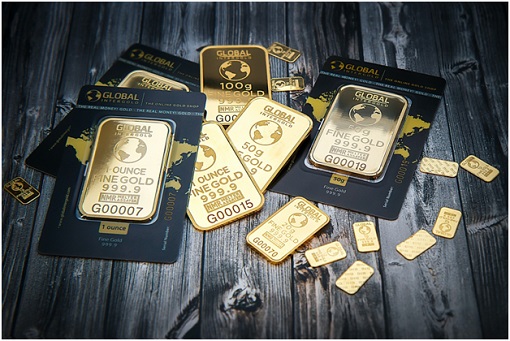
Rhodium
Rhodium is a silvery-white metallic element with excellent reflection and corrosion resistance. It ranks as one of the world’s most valuable precious metals alongside gold and silver, being part of the six platinum group metals along with platinum, palladium, osmium, iridium and ruthenium.
Its primary use in glass production accounts for around 3-6% of its overall demand. Its refractory qualities make it ideal for crafting vessels that contain and shape molten glass, as well as fiber glass, liquid crystal displays (LCDs), and sputtering targets.
It is also an integral catalyst in the chemical industry, serving as part of automobile catalytic converters and as the primary ingredient of Monsanto’s process for producing acetic acid by carbonylation of methanol. Additionally, rhodium serves as an asymmetric hydrogenation catalyst in drug precursor synthesis and nitric acid oxidation.
Furthermore, jewelry with this surface coating provides protection from scratches and tarnishing for years to come. If you plan on wearing your jewelry often, it should be replated once or twice a year.
When shopping for jewelry, always look for pieces with a protective layer of rhodium plating to shield them from tarnishing and scratching. Note that not all gemstones can withstand this treatment; so be sure to consult the jeweler prior to making your purchase.
Rhodium’s price has reached its highest point in over a decade, and mining companies are buying up large reserves to prevent future price spikes. If you’re interested in investing in this rare metal, it would be wise for you to partner with a company that specializes in precious metals investing. You can look at reviews on a site like Journey Forward to help you find an investment company that is a good match for you. Qualified professionals can help you secure a fair price for the metal of your choosing.
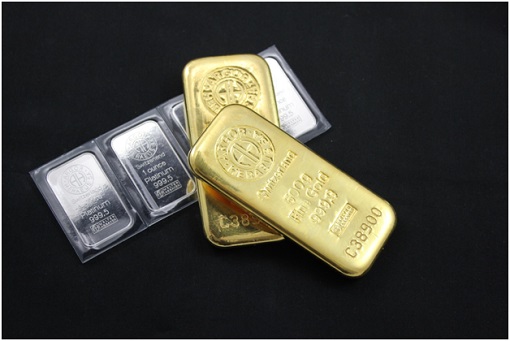
Platinum
Platinum is a silvery-white, lustrous precious metal that can be fashioned into jewelry and other forms. It plays an integral role in many jewelry pieces such as diamond rings and pendants. Furthermore, platinum is employed in automobile catalytic converters and crucibles where materials can be heated to extreme temperatures.
30 times rarer than gold, platinum presents investment opportunities for those seeking to diversify their portfolios with metals. It can be acquired through futures contracts and ETFs that specialize in this commodity.
Platinum is not only used in jewelry but also has numerous other applications throughout various industries. It’s employed in electroplating and catalysts for chemical reactions; additionally, some chemotherapy drugs and dental fillings contain platinum. You can click the link: https://www.healthline.com/platinum-based-chemotherapy to learn more. It is a rare metal that can still be mined and refined. Most of the world’s platinum is mined in South Africa, Russia, and Canada – these countries providing 70% of global supply.
The extraction process begins with mining platinum-bearing ores in large underground deposits. These are usually located at great depths, often more than a thousand meters beneath Earth’s surface.
Once the ore is mined, it undergoes a series of chemical processes to create pure platinum concentrate. First it’s dissolved in an acid mixture commonly known as aqua regia; this separates the platinum from other metals before filtering, purifying, and burning to yield platinum in its pure form.
This is an extremely complex and costly process requiring highly experienced personnel, as well as being highly environmentally hazardous.
Platinum is an incredibly durable metal, making it the ideal choice for engagement rings. More ductile than gold, platinum is less likely to scratch or mar than other types of metals. Unfortunately, platinum tends to develop a patina which may give off an aged appearance; this could be an issue for those who value bright and shiny jewelry pieces.
Any of these precious metals can be bought to diversify the standard investment portfolio. Gold, silver, rhodium, and platinum all have numerous commercial and scientific applications. There are multiple ways to invest in these metals. You should research your option thoroughly before committing to any kind of investment.

|
|
April 23rd, 2023 by financetwitter
|


|

|

|

|

|

|






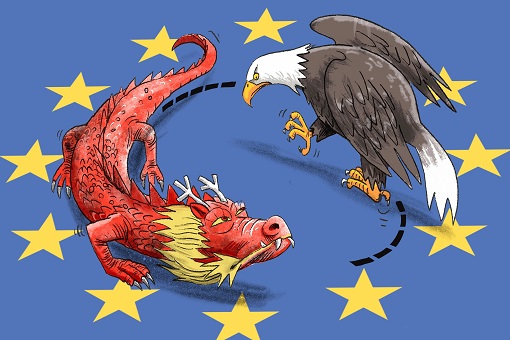





















Comments
Add your comment now.
Leave a Reply